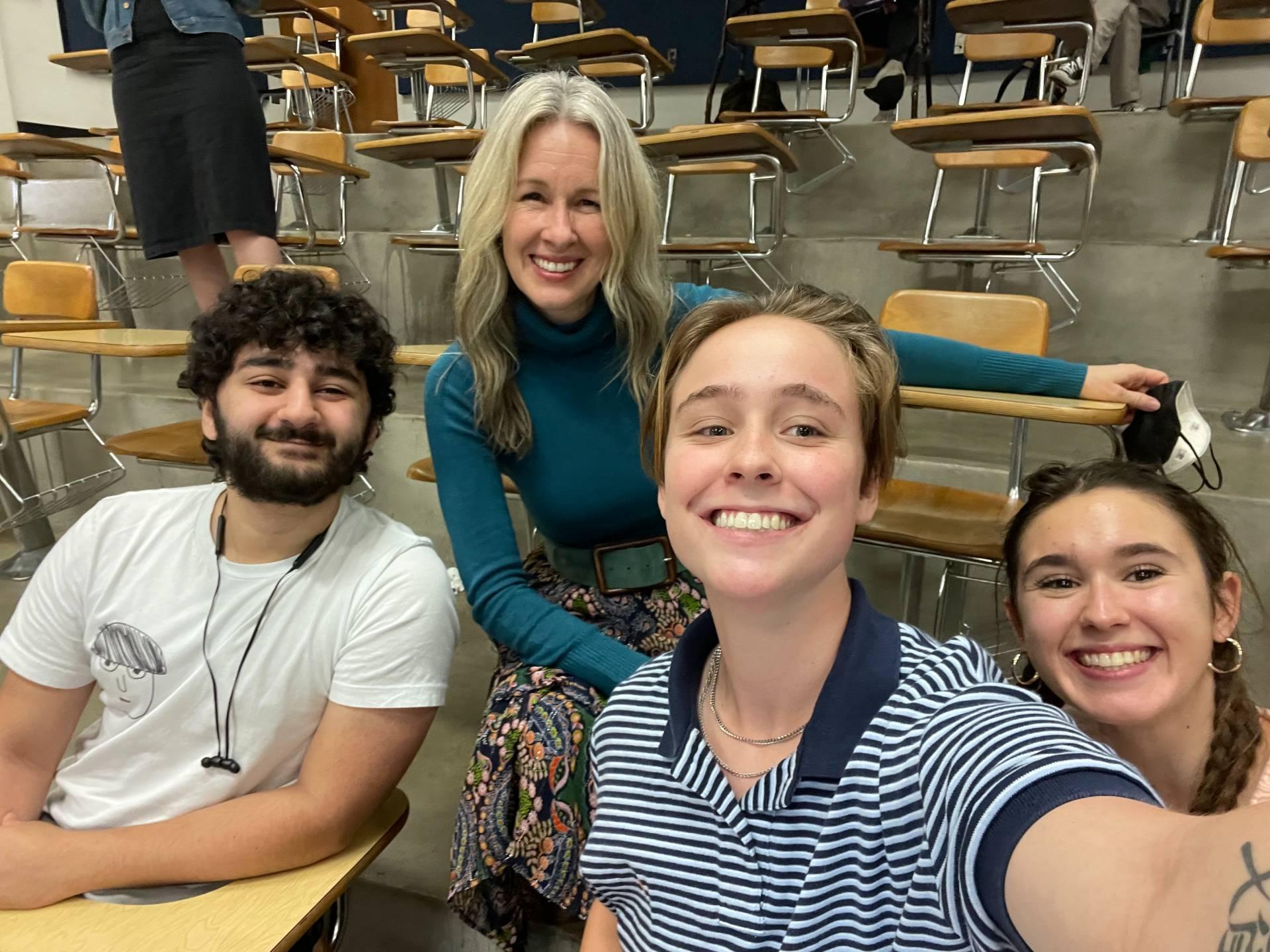
Stephennie Mulder’s Arts of Islam class improves Wikipedia one article at a time
by Jennifer Irving
Every year as the fall semester comes to a close, students in Associate Professor Stephennie Mulder’s Arts of Islam course gather in groups with all of their laptops on a single website: Wikipedia. Although the use of Wikipedia is often discouraged in academic contexts, Mulder has made the public encyclopedia a pillar of her courses focused on Islamic art through an unusual tradition in the art history world — an annual edit-a-thon.
The edit-a-thon came to fruition five years ago, when Mulder saw enrollment in her Arts of Islam class almost double. “You can grade 30 research papers, but it gets to be pretty rough any higher than that,” she said, laughing.
With the opportunity to formulate a new end-of-semester assignment, Mulder examined what she really valued in the work she asked from her students. Conducting research would be an obvious essential part of the new assignment, but other skills that weren’t necessarily required in a typical research paper, such as digital literacy and group work, could now be included. And so the idea for the Wikipedia edit-a-thon was born.
At the beginning of her course during the fall, Mulder divides her students into groups and assigns research topics of her choosing, usually those with incorrect information or underdeveloped pages on Wikipedia. From there the groups spend the whole semester compiling information for the day of the edit-a-thon — collecting images to add to the page, correcting errors, writing missing context and, most importantly, creating a solid list of academic sources to use as references for the topic’s page. It’s this last piece that really makes a difference in the quality of information.
Now in its fifth year, the edit-a-thon has grown to levels beyond the UT campus. In collaboration with the Shangri-La Museum of Islamic Design and Culture in Honolulu, Hawaii, and other universities across the United States and internationally, the edit-a-thon gave way to the #StudentsofIslamicArt hashtag that students all over the world now use to track their work online. And at a time when academic work is often available only in university libraries or hidden behind a paywall, its mission has become even more important.
“When you look at the material that is on Wikipedia with respect to Islamic art, it’s often really underdeveloped, not very well sourced and not particularly reliable,” Mulder said. “So then I realized there’s actually a kind of civic mission to this.”
As of this past fall, the edit-a-thon has edited more than 150 articles, surpassing more than 400,000 views across all topics, all thanks to the students’ research.
“The students themselves feel a sense of accomplishment from this assignment,” Mulder said. “It’s not just like going to be read by your professor and then thrown in the recycling bin, right? It’s actually a thing that exists out there. It’s one little drop in the bucket of improving the world’s knowledge.”

